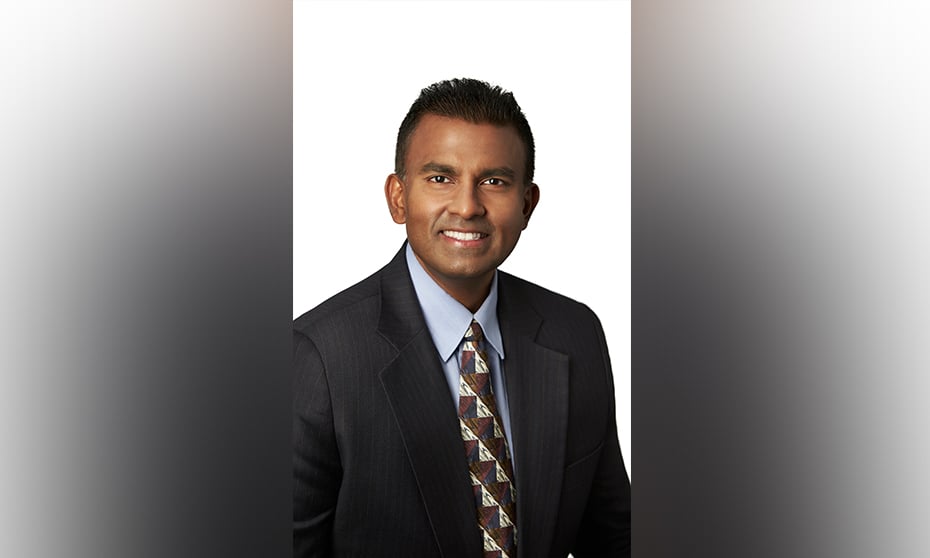
In this exclusive guest post, P&G’s regional president shares his views on the role of men in workplace gender equality

by Magesvaran Suranjan, P&G President, Asia Pacific, Middle East & Africa
In recent years, much of the dialogue around gender equality has framed this as a women’s only fight. To view it as such would be to miss the point. Gender equality is everyone’s issue, and men should pick up the mantle too.
It has been proven time and again that empowering women at work leads to business wins, from greater profitability to greater creativity and innovation.
What is required is for male allies to help fix the system that has the odds stacked against qualified women to make it to the top of the corporate ladder.
Here are three ways men can be allies in the fight for gender equality at the workplace.
1. Share their privilege
In certain countries, cultural norms of patriarchy still prevail where typically, men remain the privileged gender.
As someone who has traveled to many countries in Asia Pacific, Middle East and Africa over the course of my work, I have experienced how cultural norms and entrenched attitudes can be changed when men are unafraid to open minds through dialogue and action to encourage greater inclusivity.
At P&G, through our partnership with Catalyst’s MARC (Men Advocating Real Change) program, we are helping both men and women understand privilege and bias to build more inclusive leaders.
It is a powerful program that has reaped real results in bringing about a more equal workplace in various markets starting with the key role that men play as allies.
2. Work-life balance for all
Today’s workers, both male and female, rank work-life balance as a top priority. During a panel session at our recent P&G APAC #WeSeeEqual symposium, my colleague shared that both he and his wife had dual careers at P&G while bringing up a family.
“Whenever there was an important event for our children, it came to bringing out calendars and having that conversation about who has the more important meetings,” he said.
This shows the importance of having progressive policies that apply to both genders.
Beyond the office, we are playing our part to spark change globally by creating thought provoking campaigns that reflect today’s reality that both men and women do juggle careers, housework and child rearing.
For example, well-received campaigns for brands like Ariel and Joy, in markets such as India and Japan show men doing the laundry or washing the dishes.
3. Support women in leadership
Men in leadership positions play an especially important role in supporting female leaders and holding themselves accountable for change.
These men support women’s career development by consciously looking out for qualified female talent to take on suitable roles. I practise this too at P&G by appointing women to crucible roles that provides them with the equal opportunity to thrive as leaders.
For example, this month, our women leaders are participating in the leading global platform, ‘Women’s Forum for the Economy & Society’ in Singapore where they discussed how we can join forces to bust the myths and help change the global perception about women at the workplace.
Today, there is a pressing need to write a new playbook for inclusivity and equality and men have a key role to play as allies. We can and we should blaze this trail, because it is both the right thing and the smart thing to do to see equal.